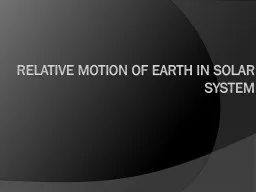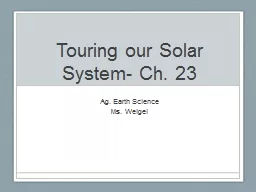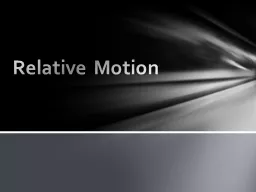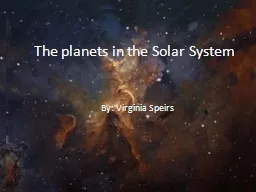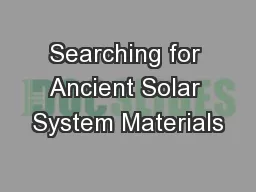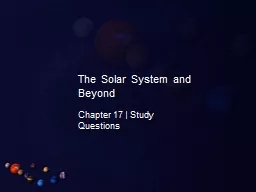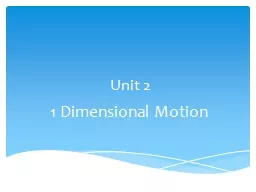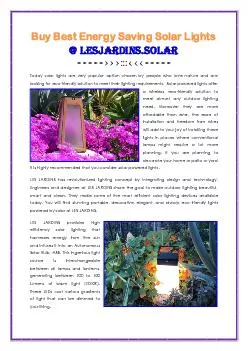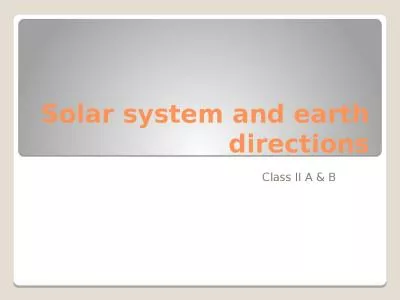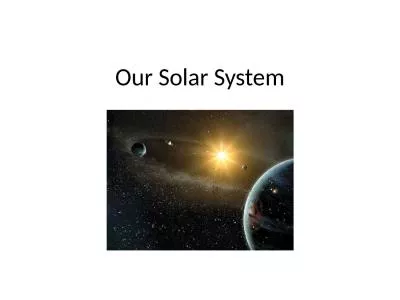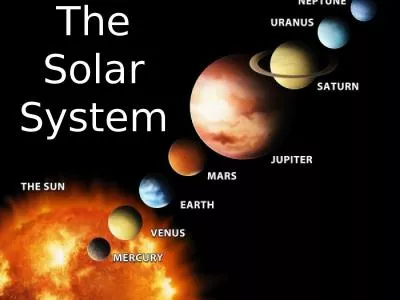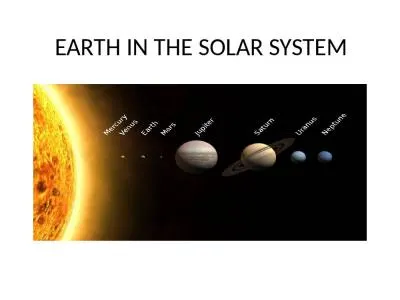PPT-Relative Motion of Earth in Solar System
Author : olivia-moreira | Published Date : 2018-03-17
The SunEarthMoon System The relationships between the Sun Moon and Earth are important to us in many ways The SunEarthMoon System The Sun provides light and warmth
Presentation Embed Code
Download Presentation
Download Presentation The PPT/PDF document "Relative Motion of Earth in Solar System" is the property of its rightful owner. Permission is granted to download and print the materials on this website for personal, non-commercial use only, and to display it on your personal computer provided you do not modify the materials and that you retain all copyright notices contained in the materials. By downloading content from our website, you accept the terms of this agreement.
Relative Motion of Earth in Solar System: Transcript
Download Rules Of Document
"Relative Motion of Earth in Solar System"The content belongs to its owner. You may download and print it for personal use, without modification, and keep all copyright notices. By downloading, you agree to these terms.
Related Documents

